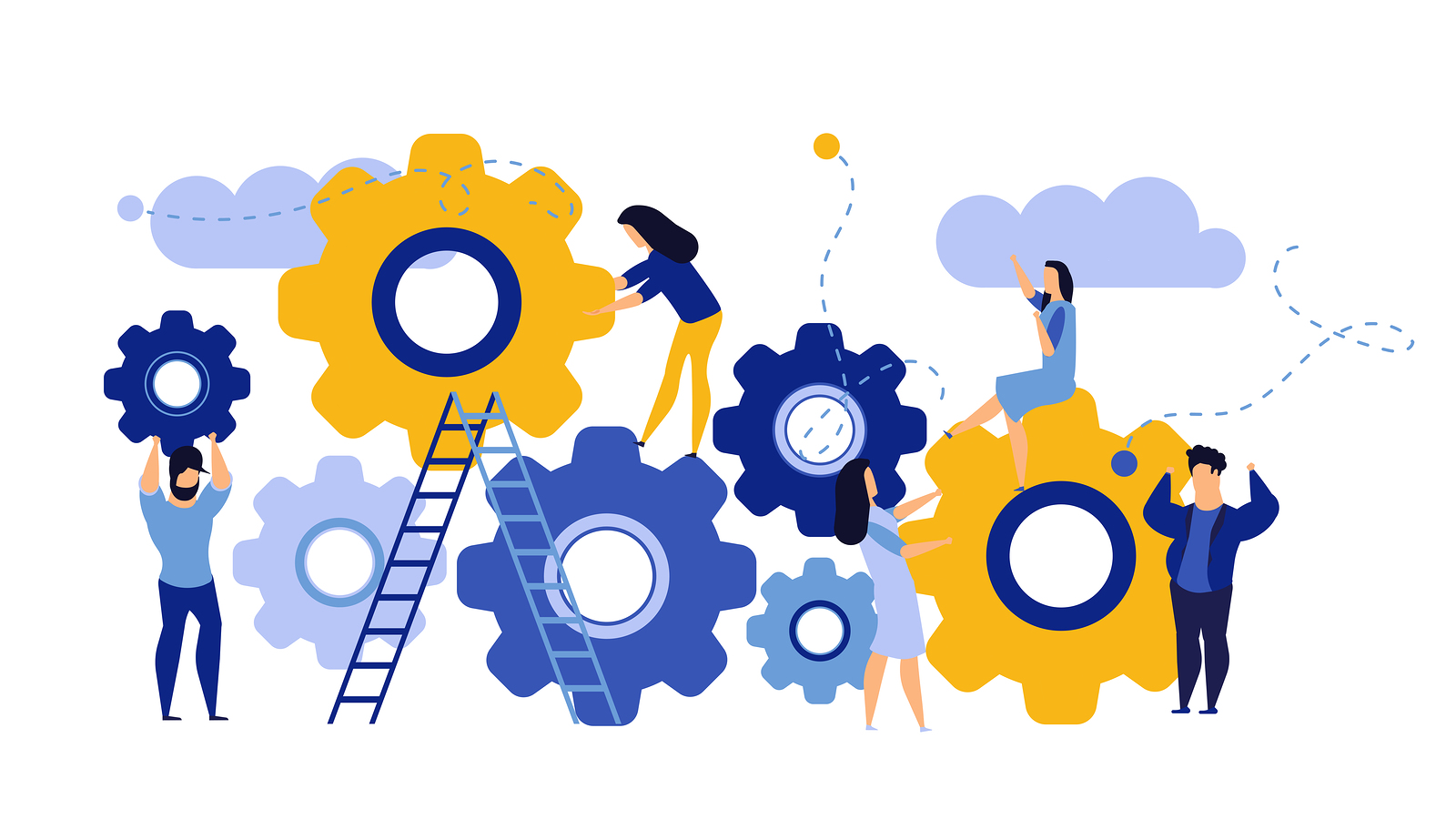If you’re new to the world of workforce planning, it can be really challenging to figure out what exactly you need to do in order to get started. The good news is that you are already on the right track because you are committed to benefit your business through implementing workforce planning measures. However, deciding to do it is just the beginning – you actually have to do the work and take the steps to reap the benefits! Here’s how you can get started with workforce planning:
What Is Workforce Planning?
Before we get into how you can actually implement workforce planning practices into your business, it’s probably a good idea to talk about workforce planning in general. That way, we can start with a really solid foundation of the concept that you can then use to get started! Workforce planning is a process that any business can use to align its unique needs and priorities with its existing and future workforces in order to meet all its objectives and goals.
Okay, that sounds good in theory but what does this actually look like in practice? Workforce planning can look like a lot of different things…
- Workforce planning can look like analyzing the demographics of your current workforce, considering who might be leaving or retiring soon so that you can plan accordingly and not be left in a bad spot.
- Workforce planning can look like analyzing employee schedules and optimizing them to make sure that you don’t run into overstaffing or understaffing problems.
- Workforce planning can look like analyzing the skillsets of your current workforce and determining who might need training for future projects and considering the possibility of bringing in new talent to cover these areas.
Overall, workforce planning involves analyzing and considering all aspects of your workforce so that you can stay ahead of the game and are constantly looking toward the future.
Why Is Workforce Planning Important?
Workforce planning is important because your employees are important! Each person on your team is a huge investment in your company, so you want to make sure that you are getting the most out of them that you can and that you are treating them well so that they stay on board for a long time. When you can anticipate your staffing needs ahead of time, your employees will be more satisfied and less stressed – leading to less turnover and saving you a lot of money in recruiting, onboarding, and training costs in the long run. Plus, a happy employee is a productive employee and you want your team to consistently do their best work.
How to Get Started in Workforce Planning?
Schedules, demographics, and skillsets can seem like a lot of different things to handle when trying to start implementing workforce planning into your company. And it’s true – it is a lot! But the first thing that you should know is that you don’t have to do it alone. In fact, there are tons of different workforce planning tools out there that can help you with this transition to make it as painless and seamless as possible. Of course, it will take some time and there might be some hiccups along the way, but it’s all just part of the process and it will definitely be worth it in the end when your company is more efficient and better prepared for the future.
Companies are always concerned about the future of their finances, but what about the future of their workforces? That’s where workforce planning comes in. By optimizing your scheduling and planning for the future, you can ensure that your company is well-prepared to grow into the future and achieve all its goals.


